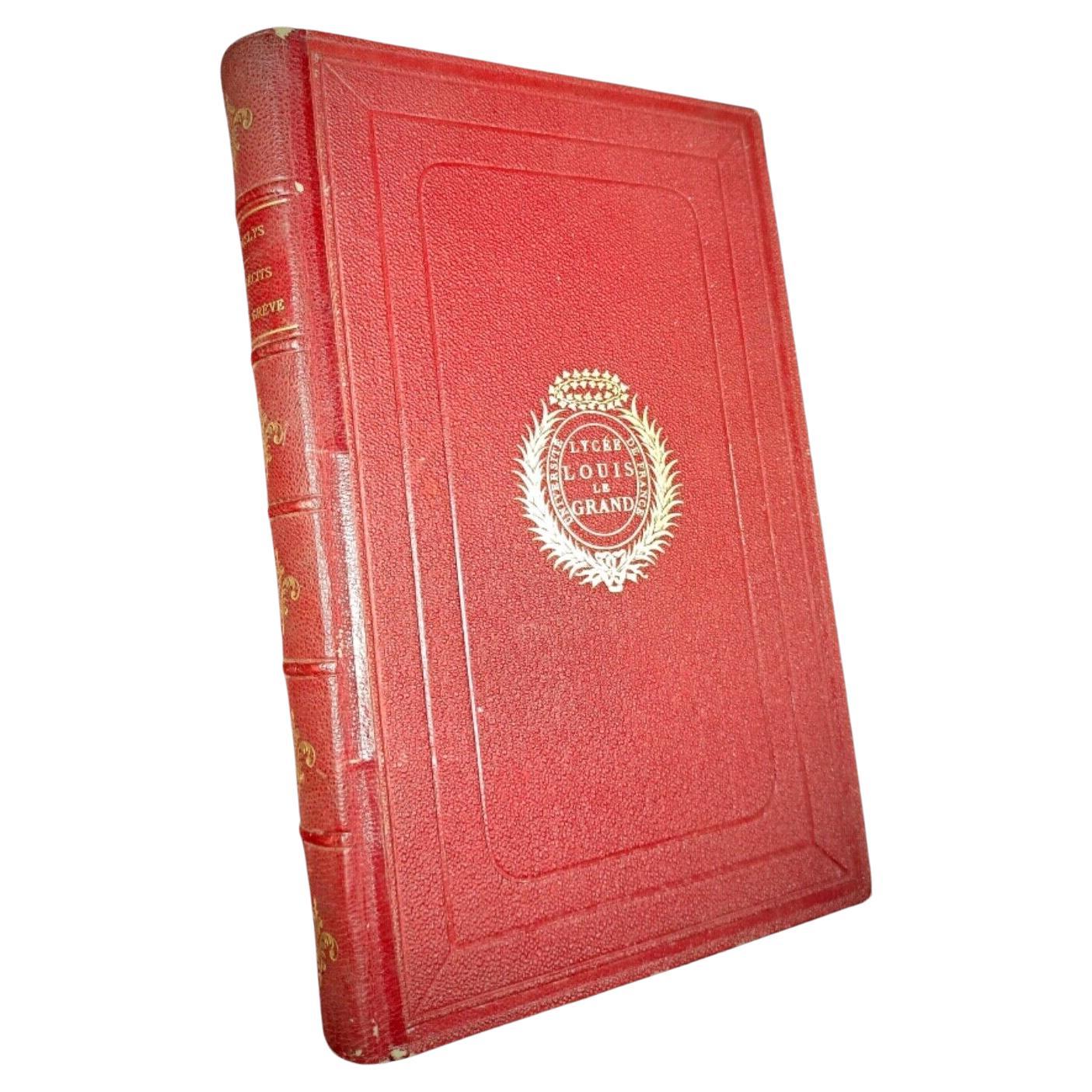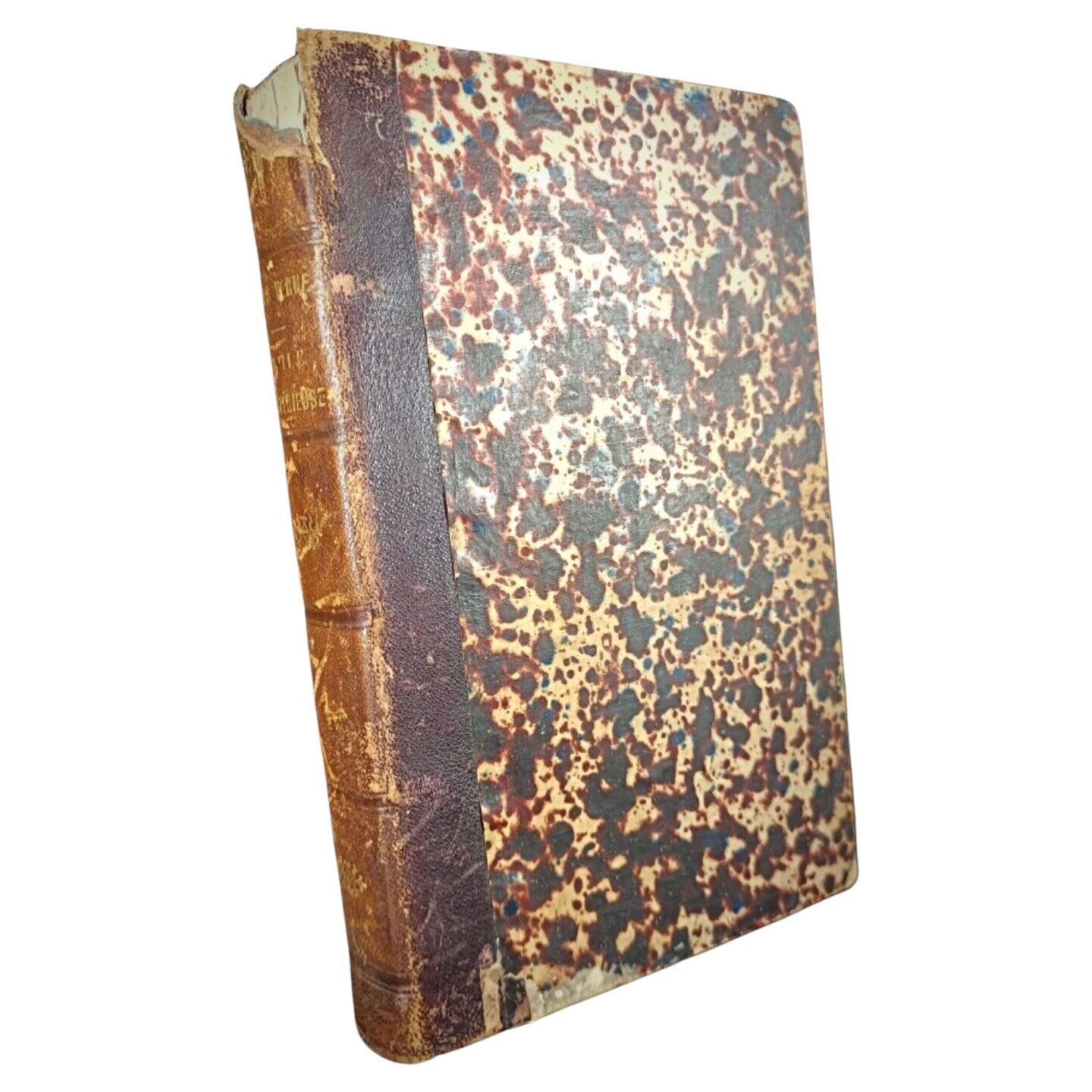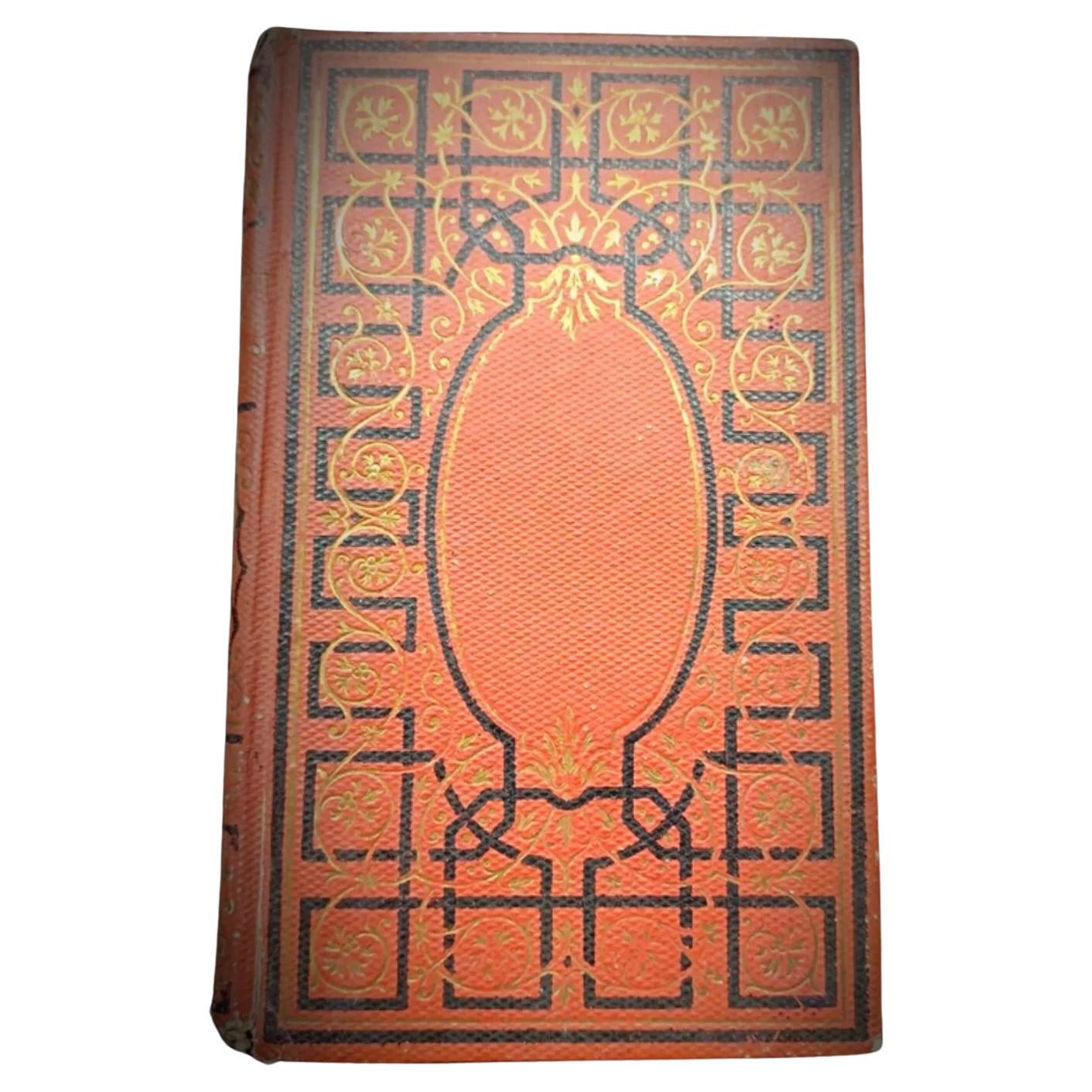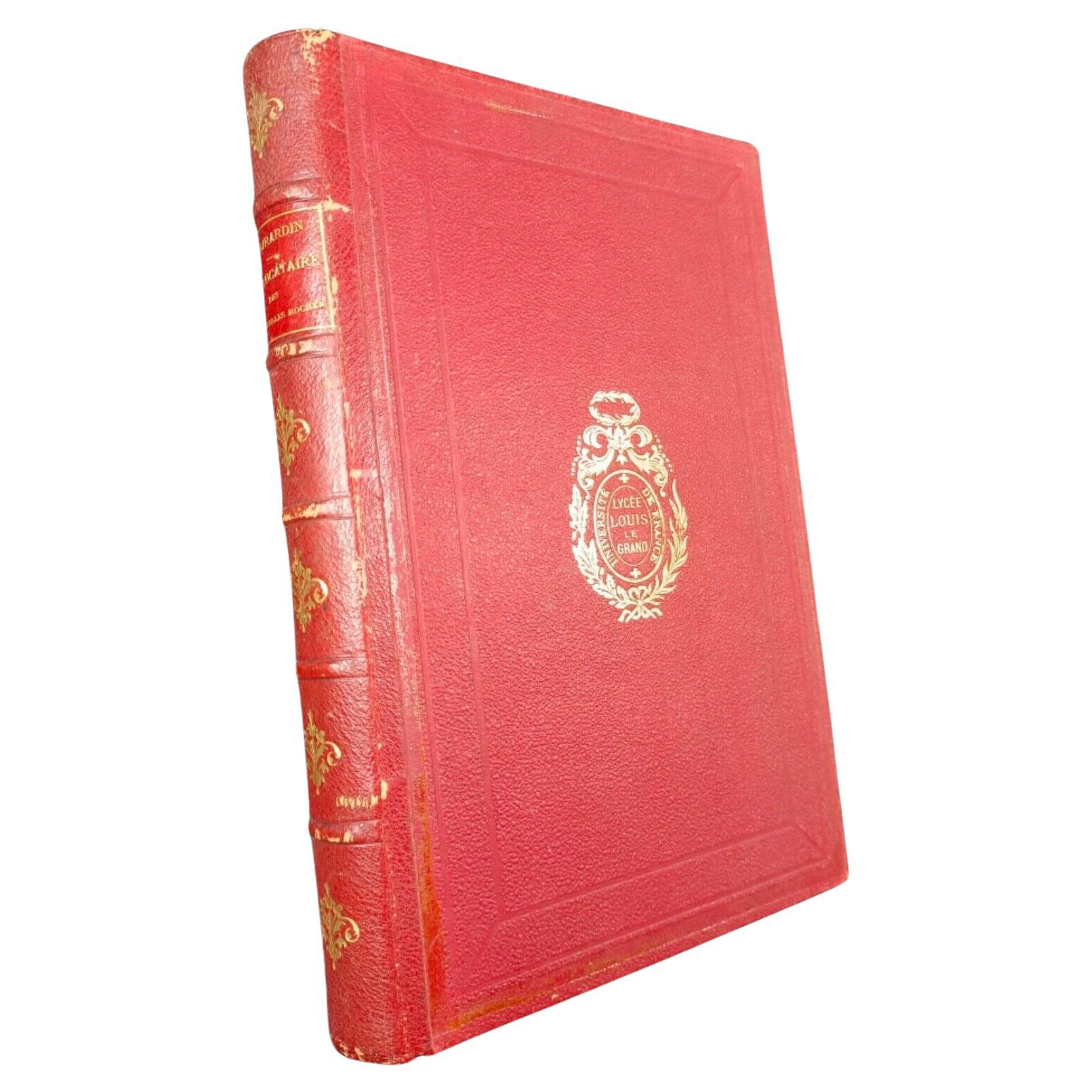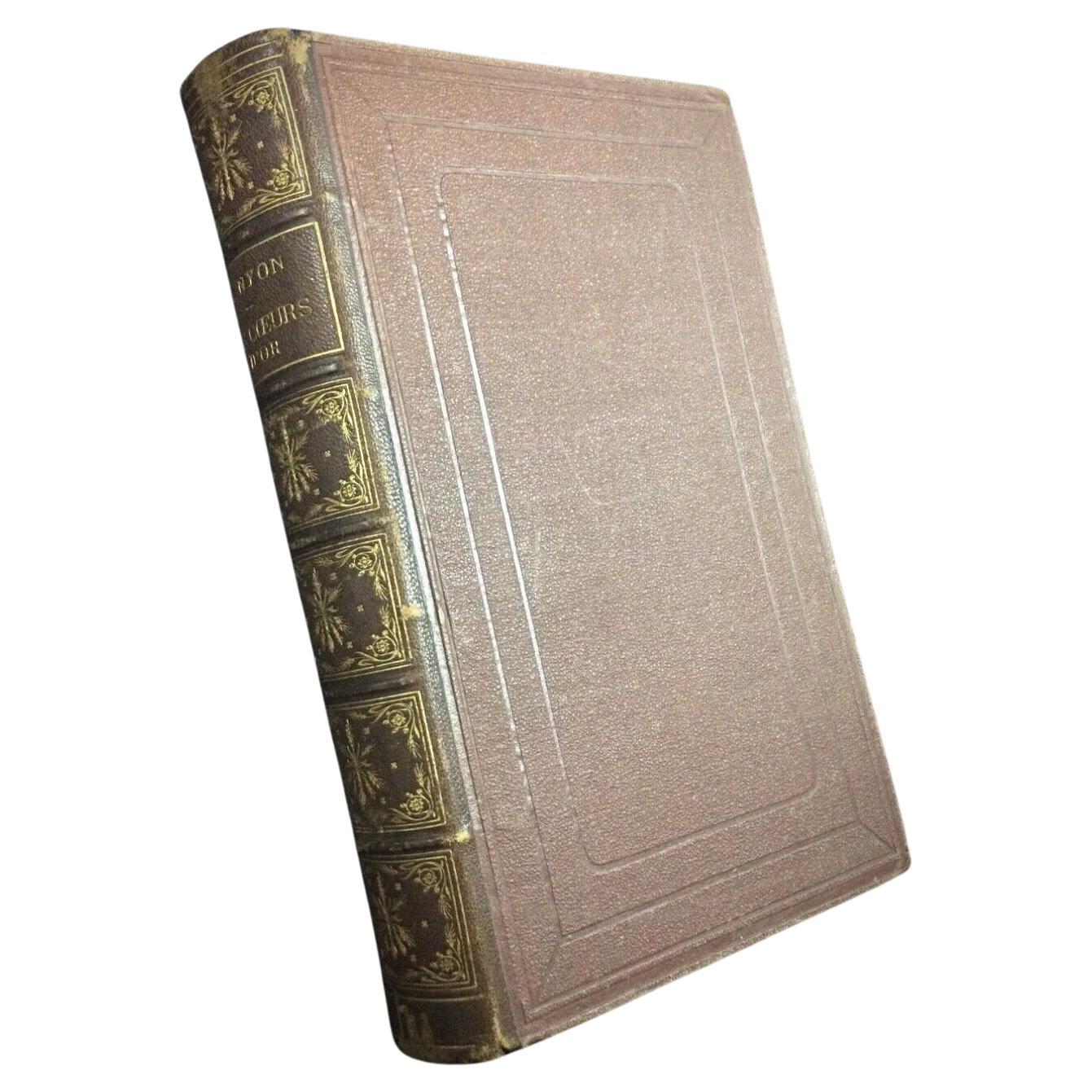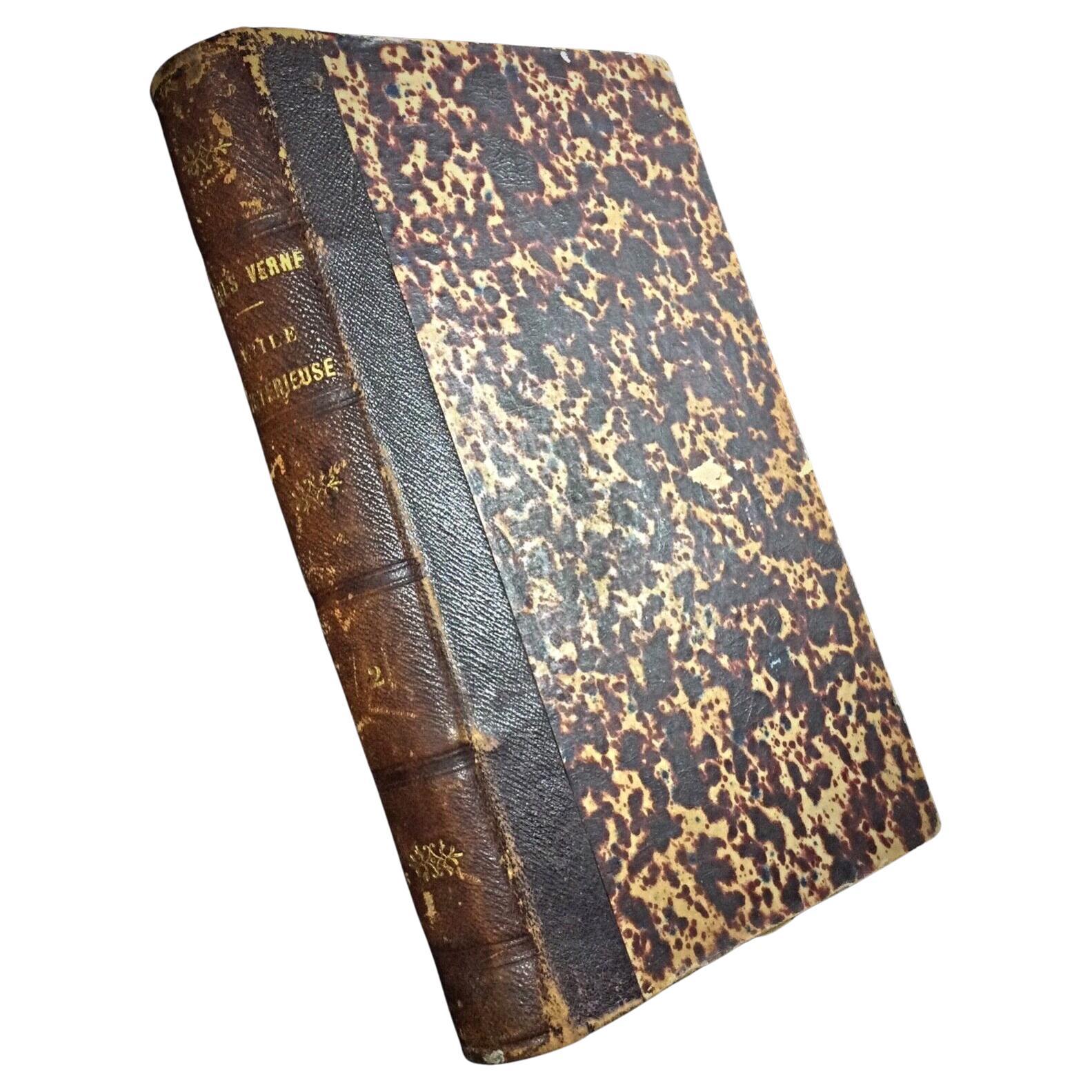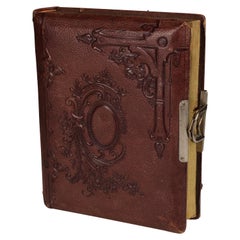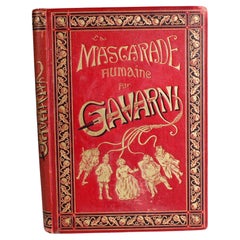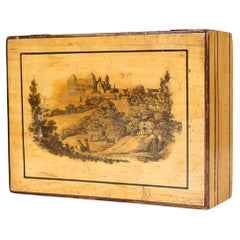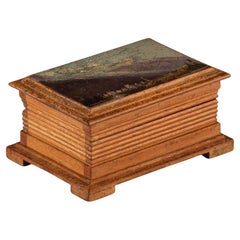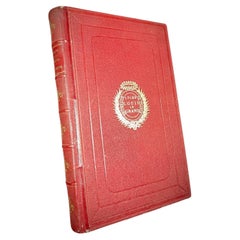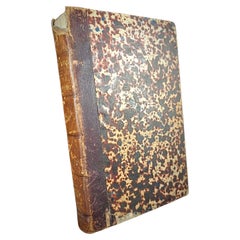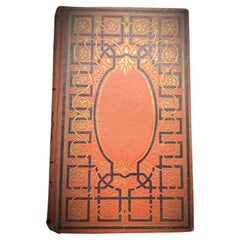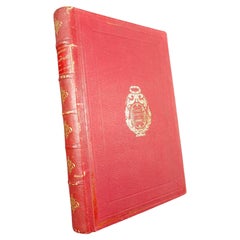Items Similar to Antique Leather Book "Histoire des Plantes", 1865s, France
Video Loading
Want more images or videos?
Request additional images or videos from the seller
1 of 13
Antique Leather Book "Histoire des Plantes", 1865s, France
$431.23
£323.23
€365
CA$592.44
A$661.40
CHF 346.56
MX$8,096.19
NOK 4,401.36
SEK 4,149.93
DKK 2,778.51
Shipping
Retrieving quote...The 1stDibs Promise:
Authenticity Guarantee,
Money-Back Guarantee,
24-Hour Cancellation
About the Item
Wonderful rare antique leather book, original from 1865.
"Histoire des Plantes" by Louis Figuier, written in French language.
- Dimensions:Height: 9.45 in (24 cm)Width: 6.7 in (17 cm)Depth: 1.58 in (4 cm)
- Materials and Techniques:
- Place of Origin:
- Period:
- Date of Manufacture:1865
- Condition:Wear consistent with age and use. Very good age-related condition.
- Seller Location:Greven, DE
- Reference Number:1stDibs: LU5419238091232
About the Seller
4.9
Platinum Seller
Premium sellers with a 4.7+ rating and 24-hour response times
Established in 2014
1stDibs seller since 2020
190 sales on 1stDibs
Typical response time: <1 hour
- ShippingRetrieving quote...Shipping from: Münster, Germany
- Return Policy
Authenticity Guarantee
In the unlikely event there’s an issue with an item’s authenticity, contact us within 1 year for a full refund. DetailsMoney-Back Guarantee
If your item is not as described, is damaged in transit, or does not arrive, contact us within 7 days for a full refund. Details24-Hour Cancellation
You have a 24-hour grace period in which to reconsider your purchase, with no questions asked.Vetted Professional Sellers
Our world-class sellers must adhere to strict standards for service and quality, maintaining the integrity of our listings.Price-Match Guarantee
If you find that a seller listed the same item for a lower price elsewhere, we’ll match it.Trusted Global Delivery
Our best-in-class carrier network provides specialized shipping options worldwide, including custom delivery.More From This Seller
View AllAntique Leather Photo Album With Music Box, Early 20th Century
Located in Greven, DE
Unique antique photo album with a music box, which starts to play when opening the closure.
Category
Early 20th Century Unknown Antiquities
Materials
Leather, Paper
Antique Leather Book "La Mascarade Humaine", By Gavarni, 1881s, France
By Paul Gavarni
Located in Greven, DE
Wonderful rare antique leather book, original from 1881 by Paul Gavarni.
Illustrated by Gavarni are: Histoire de politiquer ; Les propos de Thomas Vireloque ; Les Bohèmes ; Manières ...
Category
Antique 19th Century French Antiquities
Materials
Leather, Paper
Antique Wood Box With Transfer Print Technique, Around 1900
Located in Greven, DE
Antique box made of maple wood, around 1900.
Beautiful image at the top of the box, made with a special transfer print technique.
Category
Early 20th Century European Late Victorian Decorative Boxes
Materials
Wood, Maple
European Vintage Hand-Painted Wooden Brown Jewellery Trinket Box
Located in Greven, DE
Vintage Continental Hand-Painted Wooden Brown Jewellery Trinket Box
Continental
Wood, Paint
20th Century
Dimensions: H x W x D: 5.5cm x 9cm x 6.5cm
This vintage wooden box is...
Category
20th Century Swiss Decorative Boxes
Materials
Wood
Antique Victorian Picture Frame, France, 1880s, 12 x 20 cm
Located in Greven, DE
Beautiful victorian picture frame from France, circa 1880s.
French picture frames from the Victorian era are an expression of an epoch that was known for its decorative wealth and a...
Category
Antique Late 19th Century French Victorian Picture Frames
Materials
Brass
Late 19th Century Military Campaign Chest of Drawers, Secretary, Victorian, 1890
Located in Greven, DE
Antique ship's or captain's secretary, so-called Military Campaign Chest of Drawers
England
Mahogany, brass
Victorian around 1890
Dimensions: H x W x D: 135 x 92 x 52 cm
D...
Category
Antique Late 19th Century English Late Victorian Secretaires
Materials
Brass
You May Also Like
Antique Book by Ch. Deslys - "Les Récits de la Grève" 5th Edition, 2Y123
Located in Bordeaux, FR
Explore the compelling narratives of historical struggles with this antique book by Ch. Deslys, titled "Les Récits de la Grève." Published by Librairie Ch. Delagrave, this 5th editio...
Category
20th Century French Empire Antiquities
Materials
Paper
$148 Sale Price
65% Off
Antique Book by Jules Verne - "L'Île Mystérieuse" Part 1, 2Y124
Located in Bordeaux, FR
Dive into the adventurous world of Jules Verne with this antique edition of "L'Île Mystérieuse" (Part 1). This captivating novel is a treasure for collectors and fans of classic lite...
Category
20th Century French Empire Antiquities
Materials
Paper
$161 Sale Price
65% Off
Antique 1881 Book "Ce que disent les champs" by Baronne de Mackau - 2Y228
Located in Bordeaux, FR
Condition: Fair
Comments: This book is in fairly good condition for its age. The cover and spine show light wear, while the pages exhibit some foxing and a slight yellowing typical o...
Category
Antique 1880s French Empire Antiquities
Materials
Paper
$143 Sale Price
55% Off
Antique Book by J. Girardin - "Le Locataire des Demoiselles Rocher", 2Y120
Located in Bordeaux, FR
Explore a classic piece of literature with this antique book by J. Girardin, titled "Le Locataire des Demoiselles Rocher." Published by Hachette, this novel offers a glimpse into historical storytelling and is a notable addition to any vintage book collection...
Category
Antique 1880s French Empire Antiquities
Materials
Paper
$138 Sale Price
70% Off
Book by Eugène Nyon: "Les Cœurs d'Or" - Illustrated with 16 Drawings - 2Y92
Located in Bordeaux, FR
A charming vintage book titled "Les Cœurs d'Or" by Eugène Nyon, featuring 16 exquisite two-tone illustrations. This work is a beautiful example of classic French literature...
Category
20th Century French Empire Antiquities
Materials
Paper
$177 Sale Price
65% Off
Jules Verne "L'île mystérieuse" book - 12th Edition, Ed. Hetzel - 2Y78
Located in Bordeaux, FR
This is the 12th edition of Jules Verne’s classic novel, L'île mystérieuse (Deuxième Partie), published by Éditions Hetzel. The book is in decent condition, with a cover and spine sh...
Category
20th Century French Empire Antiquities
Materials
Paper
$159 Sale Price
75% Off
More Ways To Browse
Ktas Antique Phone
Piggin Bucket
Scrimshaw Walking Stick
Ancient Roman Dice
Antique Gingerbread Mould
Antique Klaxon
Bar Kochba
Large Neolithic Flint Axe From Sweden
Wedgewood Oven Vintage
Wedgewood Stove
Round Dining
Used Craft Table
Vintage Chrome Furniture
Floral Carpet
Antique Living Room Tables
Used Wall Sconce Lights
Desks Office Furniture Furniture
Lamp With Shade
